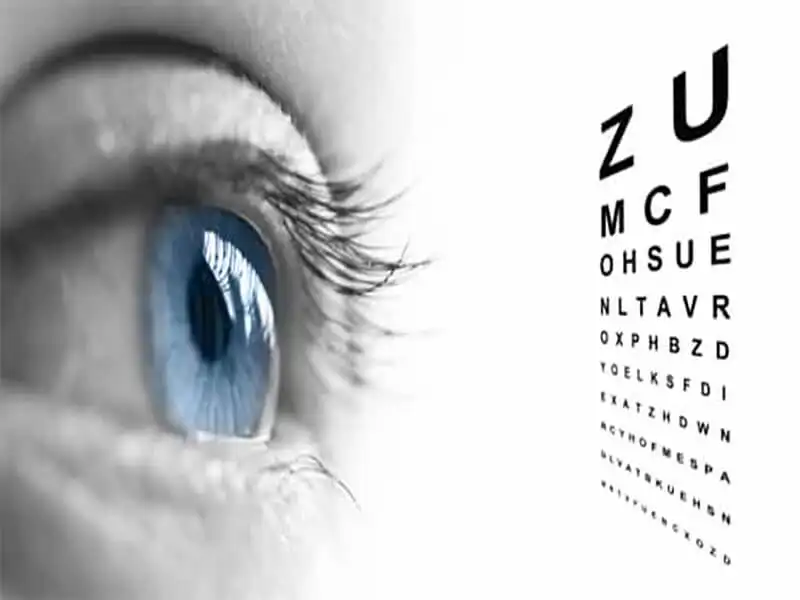All Categories
Featured
We frequently listen to about safeguarding our skin from harmful ultraviolet (UV) rays, however did you know that UV exposure can additionally dramatically influence your eye health and wellness? Understanding the effects of UV rays on your eyes and just how to safeguard them is vital for preserving lasting eye wellness.
Kinds Of UV Rays. UV rays are identified into 3 kinds:
UVA Rays: These rays pass through deep right into the skin and can additionally impact the internal layers of the eyes. UVB Rays: These rays largely trigger damages to the skin's surface however can also hurt the cornea and lens of the eye. UVC Rays: While these are the most unsafe, they are largely soaked up by the Planet's environment and do not get to the surface. Both UVA and UVB rays are unsafe to your eyes, and with time, exposure can result in severe eye conditions.
Short-Term Effects of UV Direct Exposure. Even brief direct exposure to intense UV rays can cause immediate eye damages. A typical short-term problem is photokeratitis, often referred to as "sunburn of the eye." Signs and symptoms of photokeratitis include:
Redness and irritability. Sensitivity to light. Tearing or watery eyes. An abrasive experience, as if something is embeded your eye. While the symptoms of photokeratitis are short-lived and normally resolve within a day or 2, repeated occurrences can have cumulative results on your vision.
Long-Term Effects of UV Direct Exposure. Persistent UV direct exposure can add to numerous severe eye problems, including:
Cataracts: In time, UV rays can create clouding of the eye's lens, causing cataracts, one of the leading sources of blindness worldwide.
Macular Degeneration: Extended UV exposure can harm the retina, especially the macula, leading to age-related macular deterioration (AMD), which impacts central vision.
Pterygium: Additionally known as "surfer's eye," this condition includes the development of a fleshy cells on the white part of the eye, which can cross the cornea and effect vision.
Skin Cancer Around the Eyes: The fragile skin around the eyes is at risk to UV radiation, increasing the risk of skin cancer, such as basal cell cancer.
Pinguecula: UV direct exposure can also result in yellowish down payments on the conjunctiva, which can create inflammation and discomfort.
Just How to Secure Your Eyes from UV Rays. Put On Sunglasses with UV Security: Constantly select sunglasses identified as obstructing 100% of UVA and UVB rays. Wrap-around designs provide additional security by blocking UV rays from the sides.

Utilize a Wide-Brimmed Hat: Hats with a vast brim can minimize UV direct exposure by as much as 50%, using additional coverage for your eyes and face.
Avoid Peak Sun Hours: UV rays are best between 10 a.m. and 4 p.m. Limiting your outside activities during these hours can aid lessen exposure.
Do Not Forget Concerning Kids: Children's eyes are a lot more conscious UV rays, so guarantee they wear sunglasses and hats when outdoors.
Wear UV-Blocking Contact Lenses: If you use contacts, ask your eye care carrier about UV-blocking lenses for included security.
Stay Protected Year-Round: UV damage isn't restricted to summer; rays can reflect off surface areas like water, sand, and snow, making eye defense essential all year.
Conclusion. Protecting your eyes from UV rays is critical to maintaining your vision and general eye health. The effects of UV direct exposure may not constantly be prompt, yet they can gather over time, resulting in serious conditions. By taking easy preventative measures like wearing UV-protective sunglasses, restricting direct exposure during optimal hours, and consistently visiting an eye care specialist, you can guard your eyes from the dangerous effects of UV radiation. Remember, your eyes are irreplaceable-- take steps to safeguard them today.
Latest Posts
Uncover Reduce Expenses on Car Maintenance with Montclare Auto Repair’s Limited-Time Deals
Experience WyHy FCU – Low Rates for Members
Discover WyHy Federal Credit Union – Member-Focused Services for Your Future
More
Latest Posts
Uncover Reduce Expenses on Car Maintenance with Montclare Auto Repair’s Limited-Time Deals
Experience WyHy FCU – Low Rates for Members
Discover WyHy Federal Credit Union – Member-Focused Services for Your Future